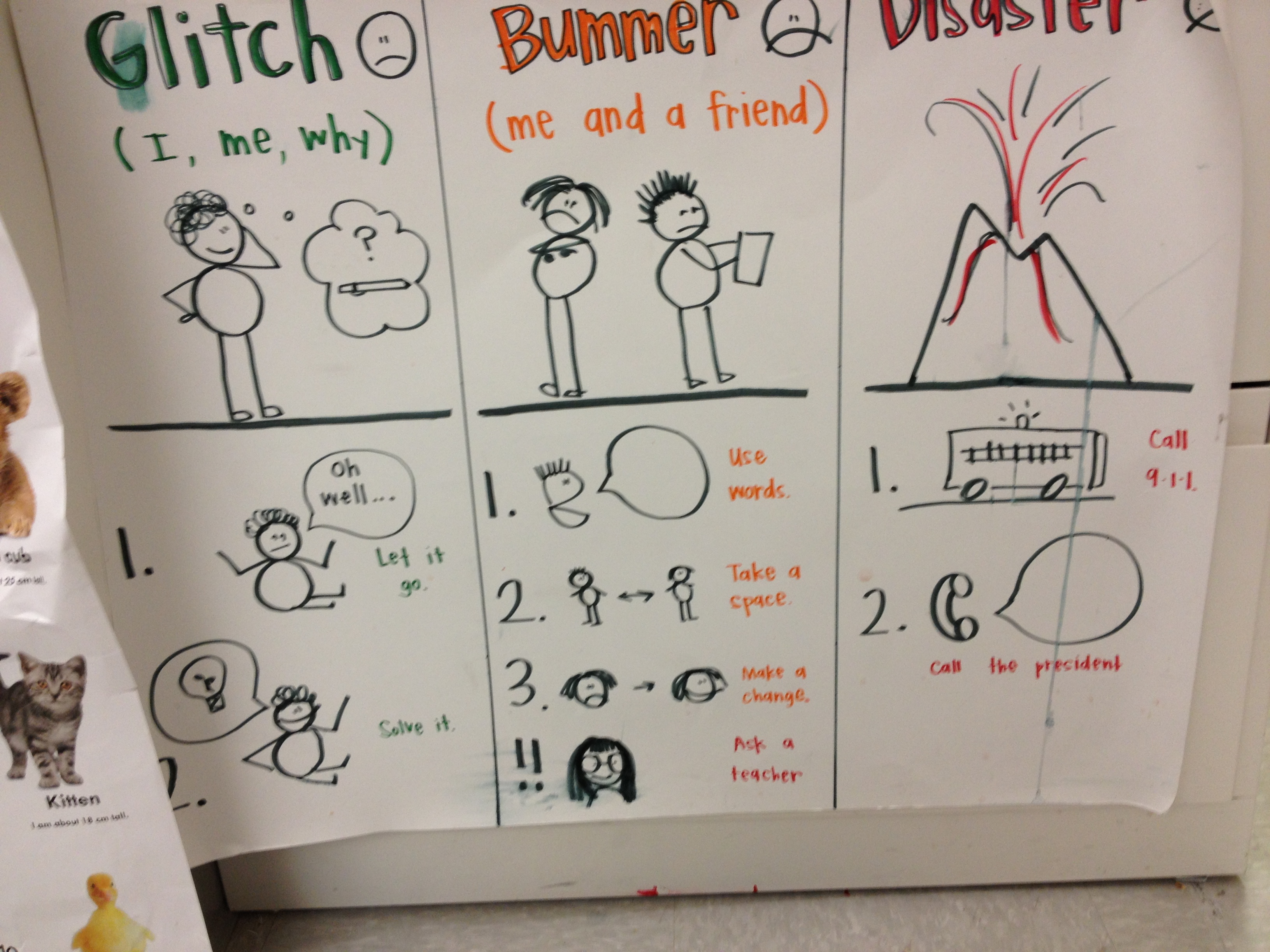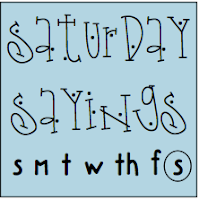Teachers, we can do better when the recess bell rings and the kids line up. Here are all the reasons why I believe it's wise and professional for teachers to walk out the door the second the bell rings instead of wait three or so minutes for them all to line up and then walk out the door.
1. It's good modeling. - I teach my first graders that when the bell rings they should say, "See ya!" to whatever they're doing and hustle to the classroom. I should be modeling the same behavior. Why should they hustle if I don't?
2. It's not my time anymore. It's theirs. - When the bell rings, my time is over. Period. If I'm not instructionally ready for them, I need to make adjustments to how or when I prepare. It's their time now.
3. It's preventative. - Bad things happen in an unattended line. Proximity will prevent most of the problems that might have occurred if I weren't present.
4. It's professional. - If I'm not out there, who's actually watching the children? The duty person can't. She's doing 12 other things while at the same time trying to get back to her classroom and her own children. Legally speaking, I have a responsibility to be present.
5. It allows me to teach. - All the stuff that happens in an unattended line follows the class inside, leaving me poor behavior to fix and conflict and drama to resolve when I should actually be teaching. Talk about frustrating.
6. It saves time. - There are four times throughout the day when the bell rings and kids line up. If I wait to go outside during each of those times, how many instructional minutes have I wasted? It might not seem like much, but it adds up fast. (A new teacher once spent a day observing my classroom. She noticed how quickly I got outside and brought my class in. She did the math. According to her numbers, I saved about 20 minutes of instructional time.)
If we stop to examine the wallpaper, we'll see that there are way too many reasons why the norm of waiting inside after the bell rings is not best for our students. Don't wait inside simply because that's the way it's always been done. If it's the norm at your school, be the change. Start on Monday.
Signed,
This Seems Really Obvious To Me




































